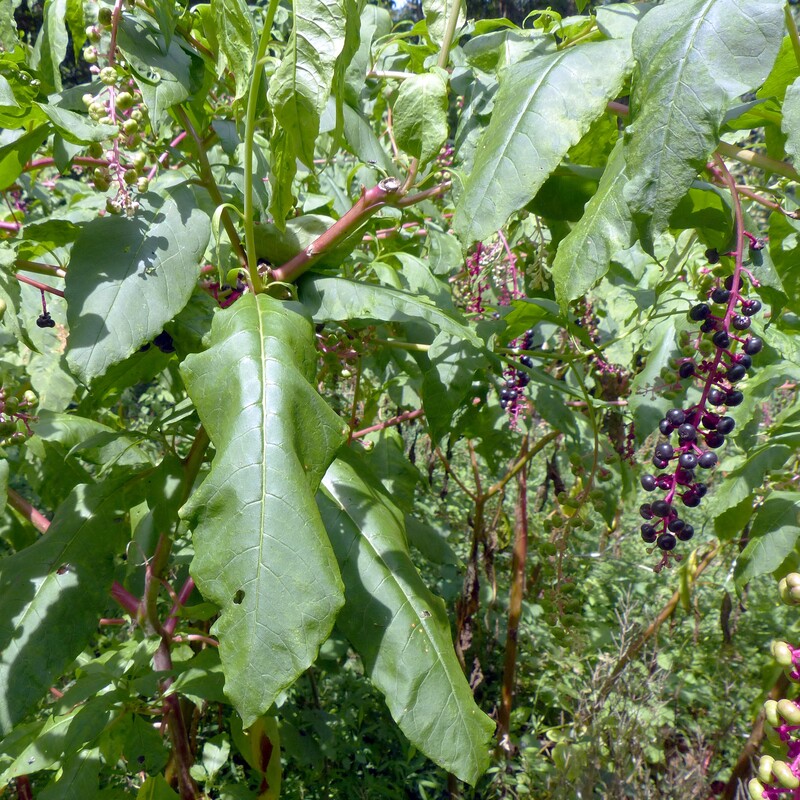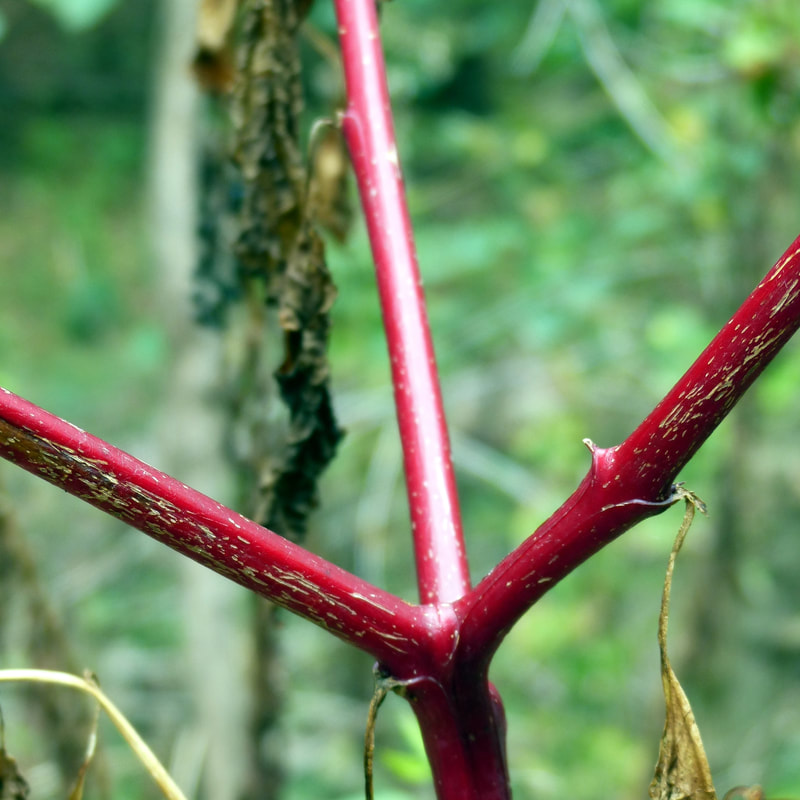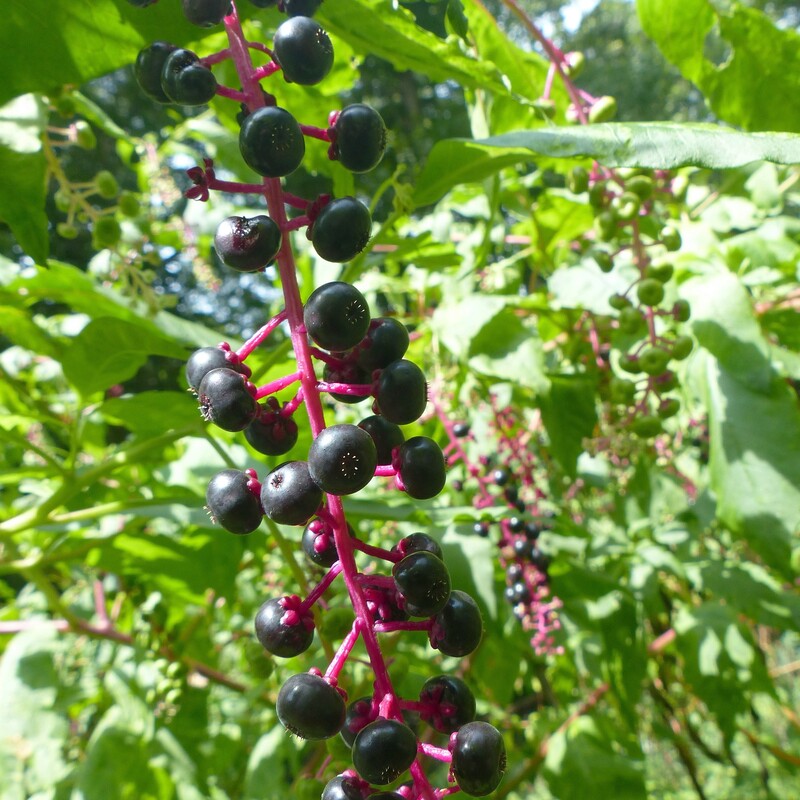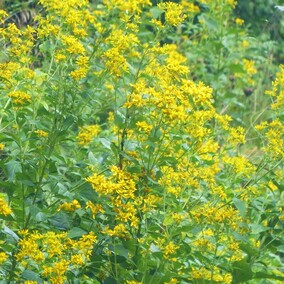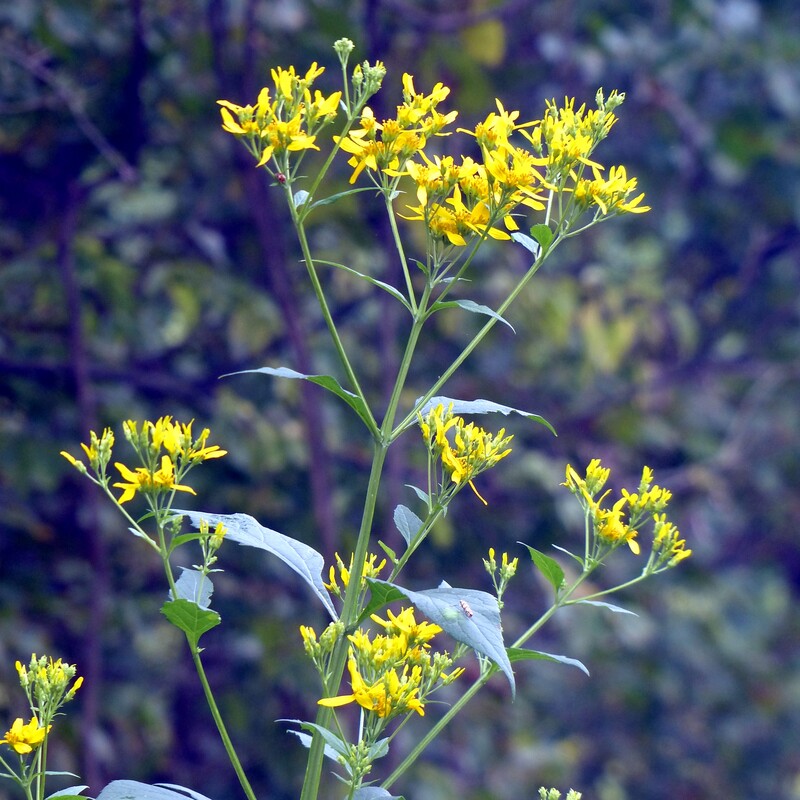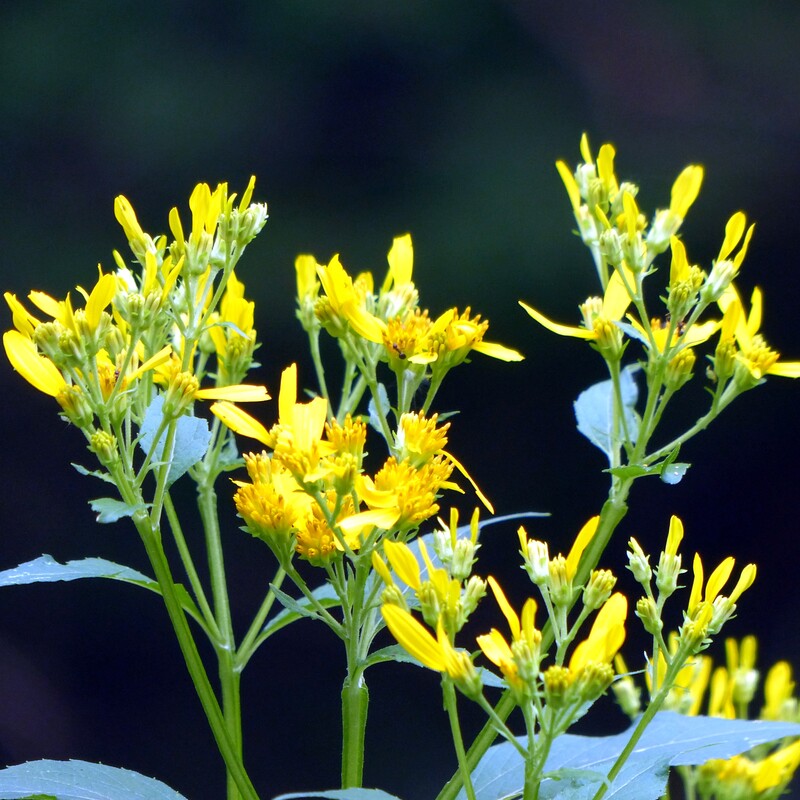Naturalizing and Rewilding
Is your yard scenic and interesting, or is it an unnatural "green desert" covered by an invasive species called grass?
Do you like it, or do you spend the time and money because you think it makes the neighbors happy?
We used to spend hours mowing our one-acre lawn, now we trim a few minutes a week.
When we rewilded our yard, we worried what the neighbors might think.
Now they visit to watch the wildlife and photograph our wildflowers.
We can help you make the same changes.
Do you like it, or do you spend the time and money because you think it makes the neighbors happy?
We used to spend hours mowing our one-acre lawn, now we trim a few minutes a week.
When we rewilded our yard, we worried what the neighbors might think.
Now they visit to watch the wildlife and photograph our wildflowers.
We can help you make the same changes.
There are many ways to kill grass and start naturalizing an area of your yard. We didn't want to spray chemicals, so during the winter when grass and most plants were dormant, we staked out a 15x20 foot brown tarp; called it a future "garden" area, and left it a few months to kill the grass beneath it. When we removed the tarp, we had no idea what might grow. The area had been a formal grassy lawn for at least the 60 years the property had been in my family, so was there anything else there, or would we just end up with tall, ugly, out-of-control grass?
As shoots began to grow in summer, we had no idea what they were, so we cut anything that looked like grass and let the rest grow. While enduring substantial kidding from the neighbors about our "weed" garden, we kept hoping for the best. That first year was sort of a mixed bag, but by the next fall we had a fantastic blend of pokeweed (see photos above) and what turned out to be Yellow Crownbeard (see photos below).
As shoots began to grow in summer, we had no idea what they were, so we cut anything that looked like grass and let the rest grow. While enduring substantial kidding from the neighbors about our "weed" garden, we kept hoping for the best. That first year was sort of a mixed bag, but by the next fall we had a fantastic blend of pokeweed (see photos above) and what turned out to be Yellow Crownbeard (see photos below).
Why would anyone want to grow those two plants instead of grass? No mowing, no watering during the inevitable summer drought, beautiful late-summer and fall colors--and tremendous wildlife value. For migrating birds, pokeweed is a godsend: the fruit of the berries gives a quick energy surge for birds that arrive in the afternoon, and the seeds in the berries provides sustaining fuel on their long flight the next day. Crownbeard not only provides a stunning late-season yellow bloom, it attracts soldier beetles, who eat eggs and larva of many insects we don't want in our yards. Which adds being a natural pesticide to its list of benefits. And deer browse both of them, so that's a bonus.
To get started, all you have to do is decide on the size of the area you want to experiment with, stake down a tarp that covers it, and see what happens. If you like the results, just keep going. It took many tarps and a few years, but we used this method to rid ourselves of nearly an acre of grass. We wish you the same good fortune.
To get started, all you have to do is decide on the size of the area you want to experiment with, stake down a tarp that covers it, and see what happens. If you like the results, just keep going. It took many tarps and a few years, but we used this method to rid ourselves of nearly an acre of grass. We wish you the same good fortune.

